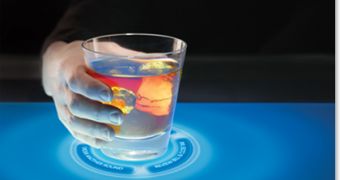In addition to being a multi-touch and multi-user computer, Microsoft Surface is also a platform, and with QuickStart the Redmond company is attempting to catalyze a boost in the volume of applications developed for its first example of surface computing. At the Worldwide Partner Conference 2009, the software giant announced that it had launched the Microsoft Surface Partner Program, an initiative that it views as an extension of the Microsoft Partner Network. In addition to the Microsoft Surface Partner Program, the QuickStart website is now also live, an online resource to help developers start creating applications for Microsoft Surface.
“Our partners are an integral part of our success,” explained Matt Champagne, director of marketing for Microsoft Surface. “We’ve said it from the beginning — the possibilities of experiences and solutions with Microsoft Surface are really endless. And our partners are constantly showcasing this by developing new, collaborative experiences that weren’t possible before.”
It is important to note that, ahead of the Microsoft Surface Partner Program, the Microsoft Surface SDK was made available only to a small audience. With the introduction of the new partner program focused on its tabletop computer, the Redmond company is effectively making it very easy for over 640,000 partners to access and start developing with the Surface SDK Workstation Edition.
Developers should be aware that there is a major difference between the Workstation edition of the SDK, and the full SDK. In this sense, the Microsoft Surface Partner Program does not allow access to a Surface developer unit. Instead Microsoft is providing a Surface simulator designed to replace the actual Surface unit for development purposes.
“It requires thinking beyond technical programming of new features,” Champagne added. “Instead, it requires an understanding of human behavior and what’s natural and intuitive when solving problems or managing information, and then transferring that into an experience that does not use a mouse and keyboard.”

 14 DAY TRIAL //
14 DAY TRIAL //